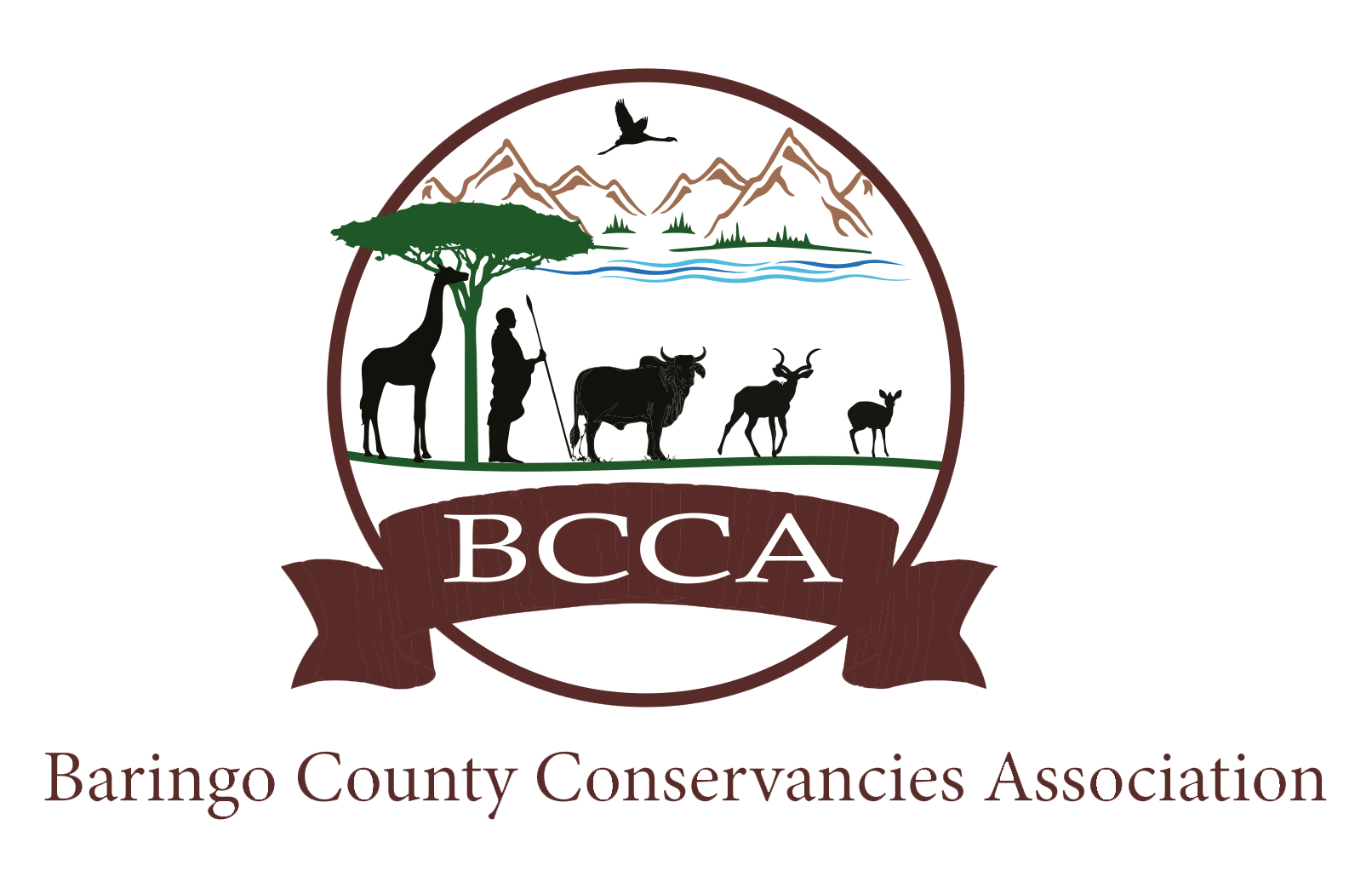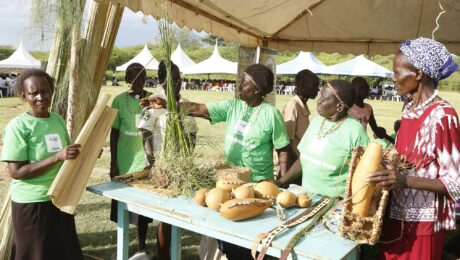A Conservation Enterprise for Women in Kiborgoch Conservancy
Monday, 16 December 2019
by BCCA_Admin@2024
Chelaba Women Group members of Kiborgoch Conservancy are among 21 community based organizations and groups exhibiting at the launch of UNDP’s Global Environment Facility, Small Grants Programme (GEF SGP) projects in the Lake Bogoria Landscape.
No Comments

